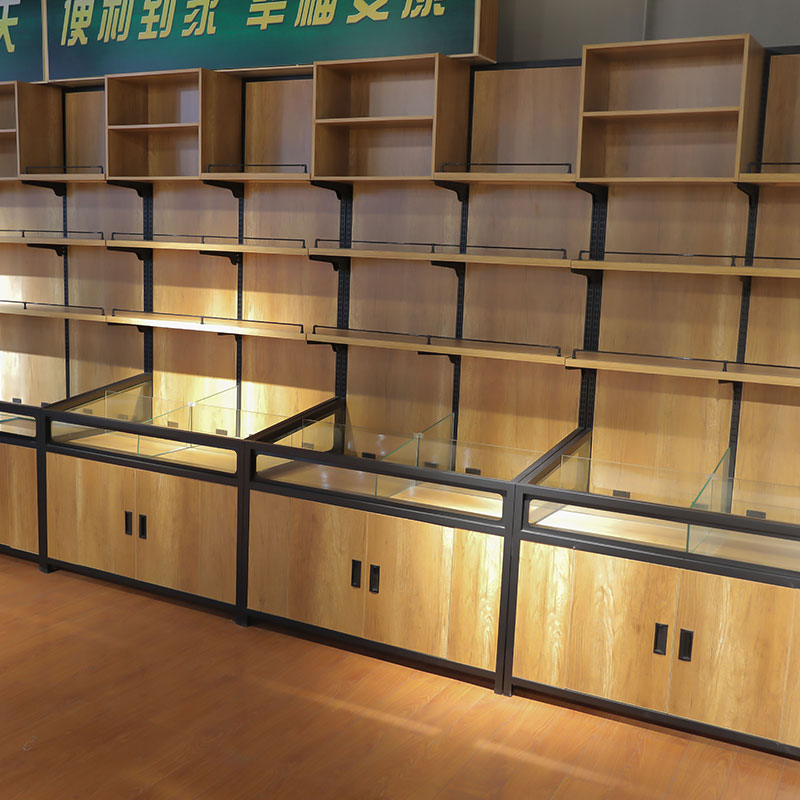Designing the frame structure of supermarket shelving to withstand frequent use involves principles of structural engineering that ensure stability, load distribution, and durability. The frame structure forms the backbone of the shelving system, providing support for shelves, products, and the dynamic forces that occur in a retail environment. Here's how to design a frame structure that can withstand frequent use, along with the underlying principles:
1. Material Selection:
- Choose high-strength materials, such as steel or aluminum, for the frame components. These materials have the necessary tensile and compressive strength to handle the loads and stresses placed on the shelving.
2. Geometry and Configuration:
- Optimize the shape and configuration of the frame elements to distribute loads efficiently. The design should promote stability and prevent excessive bending or flexing.
3. Vertical Posts:
- Vertical posts provide the main support for the shelving unit. They should be positioned at regular intervals along the length of the unit to evenly distribute the load. Consider using thicker posts or double posts at corners for added stability.
4. Horizontal Beams:
- Horizontal beams connect the vertical posts and provide lateral stability. Ensure that the beams are properly sized to handle the expected loads. Cross-bracing between beams can further enhance rigidity.
5. Diagonal Bracing:
- Diagonal braces can be added to the frame structure to resist lateral forces, such as those caused by customers leaning on the shelves or pushing shopping carts. These braces help prevent swaying and maintain stability.
6. Load Distribution:
- Design the frame structure to evenly distribute the weight of the shelving and products. Avoid creating localized stress points by ensuring that the load is shared among multiple components.

7. Stress Analysis:
- Perform stress analysis using engineering software or calculations to identify potential stress concentrations. Ensure that the frame members can handle the anticipated loads without failure.
8. Connection Methods:
- Use robust connection methods such as welding, bolting, or riveting to join frame components. Strong connections prevent weak points that could lead to failure.
9. Modularity and Adjustability:
- Design the frame structure to be modular and adjustable. This allows for easy reconfiguration of shelves and components to adapt to changing product assortments.
10. Anchoring and Stability:
- Consider how the frame structure will be anchored to the floor. Anchoring prevents tipping or displacement due to heavy loads or external forces.
11. Dynamic Loads:
- Factor in dynamic loads caused by customer interactions, such as items being pulled off shelves or shopping carts bumping into the structure. The design should account for these forces.
The principle behind designing a frame structure for supermarket shelving to withstand frequent use is to create a system that efficiently distributes loads, resists bending and deformation, and maintains stability under various dynamic forces. Through careful material selection, thoughtful configuration, engineering analysis, and adherence to safety standards, a well-designed frame structure can provide long-lasting durability in a bustling retail environment.

 English
English русский
русский Deutsch
Deutsch Español
Español 中文
中文










